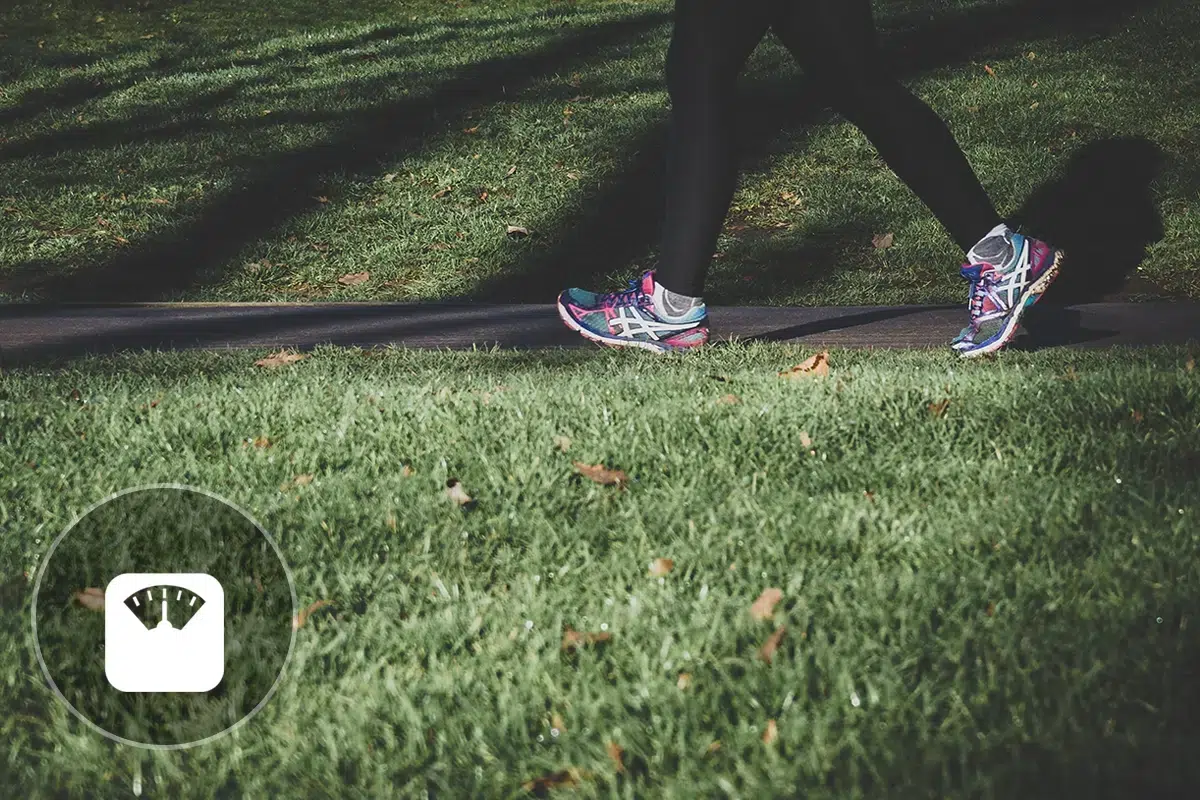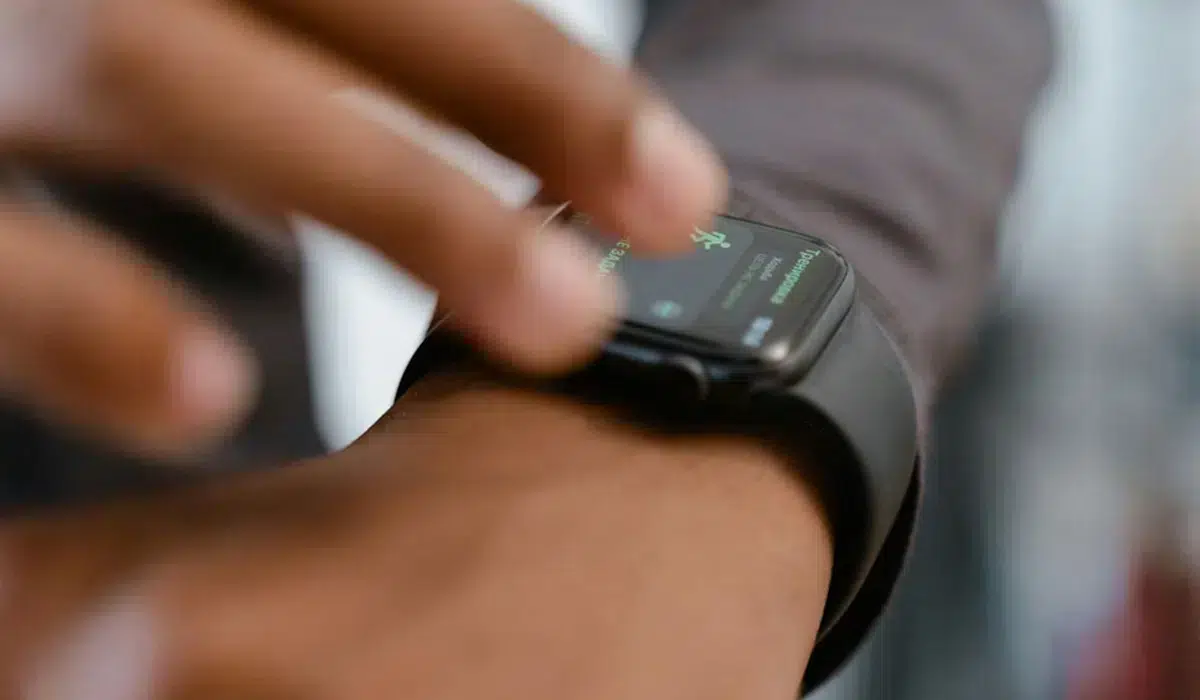Show summary Hide summary
- Power walking for weight loss: How often should we brisk walk to lose weight?
- Power walking: How many times per week and for how long should we brisk walk to lose weight?
- Brisk walking or power walking: Which plan should you follow and how often should you do it to lose weight?
- In addition to practicing power walking, it is important to pay attention to your diet!
- Which sports can help you lose weight?
Power walking for weight loss: How often should we brisk walk to lose weight?

Everything you need to know about power walking
How often should you brisk walk or power walk to lose weight fast and see results? Does brisk walking or power walking help you lose weight? How many times per week and for how long should you brisk walk or power walk to lose weight and burn fat? The tool below enables you to track the effects of brisk walking or power walking over a month. Simply select the duration of your walking session—either 30 minutes or 1 hour—and choose a frequency of 1, 2, 3, or 4 times per week to shed those extra kilos!
Explore more REGIVIA tools:
Power walking: How many times per week and for how long should we brisk walk to lose weight?

Find out more about brisk walking or power walking for weight loss!
While regular physical activity combined with a healthy diet helps to slim and tone the body, some disciplines are more effective than others at helping you lose weight. What about brisk walking and its calorie burn? How much time and how many sessions per week should you spend brisk walking to lose weight and get results? Here are some answers.
Calories burned by brisk walking!
Thanks to the cardio-vascular work involved, brisk walking helps to burn fat and calories. On average, an hour’s walking burns 300 calories. What’s more, it helps to strengthen muscles and tone the body. You don’t need to invest in anything, apart from a good pair of trainers, and brisk walking can be done almost anywhere. In town, in a park, in the forest or in a gym, the key is to feel comfortable doing it, so you can do it for at least 30 minutes a day, or 2 or 3 times a weekfor an hour. For those of you who don’t have the time or lack the motivation, incorporate these 30 minutes into your daily activities (walking while taking the children to school, doing the shopping, going to appointments, etc.).
Technique: Brisk walking requires no special technique other than maintaining a speed of 6-8km/h. However, it is advisable to keep your arms outstretched at a 90° angle to improve your propulsion.
What is the metabolic equivalence of brisk walking?
The metabolic equivalent of a physical activity is a statistical unit(MET Metabolic Equivalent of Task) used to express the ratio between the energy expenditure of a physical activity during exercise and the energy expenditure of an individual at rest. Brisk walking , for example, is a low-intensity activity with a MET value of 4, enabling you to burn 4 times more energy than you would at rest, in the same way as physical activity such as brisk horse riding or water aerobics.
Brisk walking or power walking: Which plan should you follow and how often should you do it to lose weight?
Estimates, calculations and weight loss results from several examples of power walking training plans!
Do you know how much weight you lose by doing 30 minutes, 1 hour or 2 hours of brisk walking? How often should you train to lose weight and burn fat? The tables below will give you an idea of your weight loss as a function of weight, duration and number of training sessions per week.
Performance, effects and impact “before/after”: List of power walking programmes over 1 month at normal intensity!
Brisk walking
Weight loss results for 1 session per week
| Weight | 30 minutes | 1 hour | 2 hours |
|---|---|---|---|
| 40 kg | 0.04 | 0.08 | 0.17 |
| 50 kg | 0.05 | 0.11 | 0.21 |
| 60 kg | 0.06 | 0.13 | 0.25 |
| 70 kg | 0.07 | 0.15 | 0.29 |
| 80 kg | 0.08 | 0.17 | 0.34 |
| 90 kg | 0.09 | 0.19 | 0.38 |
Brisk walking
Weight loss results for 2 sessions per week
| Weight | 30 minutes | 1 hour | 2 hours |
|---|---|---|---|
| 40 kg | 0.08 | 0.17 | 0.34 |
| 50 kg | 0.11 | 0.21 | 0.42 |
| 60 kg | 0.13 | 0.25 | 0.50 |
| 70 kg | 0.15 | 0.29 | 0.59 |
| 80 kg | 0.17 | 0.34 | 0.67 |
| 90 kg | 0.19 | 0.38 | 0.76 |
Brisk walking
Weight loss results for 3 sessions per week
| Weight | 30 minutes | 1 hour | 2 hours |
|---|---|---|---|
| 40 kg | 0.13 | 0.25 | 0.50 |
| 50 kg | 0.16 | 0.32 | 0.63 |
| 60 kg | 0.19 | 0.38 | 0.76 |
| 70 kg | 0.22 | 0.44 | 0.88 |
| 80 kg | 0.25 | 0.50 | 1.01 |
| 90 kg | 0.28 | 0.57 | 1.13 |
In addition to practicing power walking, it is important to pay attention to your diet!
To maximize the benefits of power walking, it is crucial to adopt a balanced diet. A diet rich in macronutrients, micronutrients, and various other essential nutrients helps maintain an optimal energy balance. The energy balance, which is the difference between calories consumed and calories expended, plays a key role in weight management. If you are wondering “why did I gain weight“, it may be that your energy balance is off. By combining power walking with proper nutrition, you can achieve your health and wellness goals more effectively.
Everything you need to know about power walking
Which sports can help you lose weight?
All sports in detail!



















































